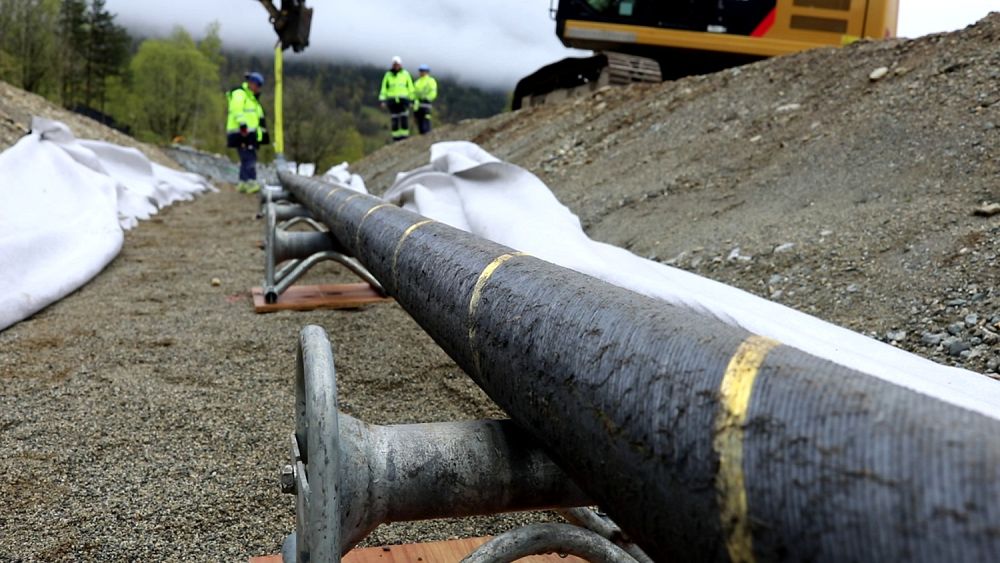
The world’s longest undersea power connection was today switched on, allowing Norway and the UK to share renewable energy.
The North Sea Link should see the UK reduce its carbon emissions by 23 million tonnes by 2030.
The 720-kilometre cable connects Blyth in Northumberland, in north-eastern England, to Kvilldall, a small village in south-western Norway.
It will initially have a maximum capacity of 700 megawatts (MW) which will be gradually increased to reach 1,400 MW in about three months’ time.
The UK’s National Grid, which operates the interconnector in a joint venture with Norway’s Statnett system operator, said in a statement that once at full capacity, the North Sea Link should provide enough clean electricity to power 1.4 million homes.
When wind generation in the UK will be high but energy demand low, extra renewable power will be exported from the UK to Norway and conserve water in Norway’s reservoirs, according to the statement. However, when demand is high in the UK but wind generation is low, hydropower from Norway will be imported.
Cordi O’Hara, President of National Grid Ventures, said that it is “an exciting day for National Grid and an important step as we look to diversify and decarbonise the UK’s electricity supply”.
“North Sea Link is a truly remarkable feat of engineering. We had to go through mountains, fjords and across the North Sea to make this happen. But as we look forward to COP26, Noth Sea Link is also a great example of two countries working together to maximise renewable energy resources for mutual benefit,” he added.
100 billion tonnes of carbon saved
The interconnector took six years to complete at a cost of £1.6 billion (€1.9 billion).
It is the fifth interconnector to the National Grid and adds to with links to Belgium, France, and the Netherlands.
According to the National Grid, 90% of electricity imported via the interconnectors by 2030 will be from zero-carbon sources that should save 100 million tonnes of carbon.
Statnett, meanwhile, operates a second interconnector between Norway and Germany, which went online last winter.
About 98% of Norway’s electricity is generated from renewable energy sources with hydropower accounting for 96% of the total, according to government statistics. Wind power and thermal power ake up the remaining 2%.
A paper released on Wednesday by the UK government showed that during the first six months of the year, fossil fuel accounted for a greater share of electricity generation than renewables.
The paper notes that renewable generation decreased nearly 10% compared to the same period in 2020 due to lower average wind speeds and less favourable weather conditions which impacted both wind and solar production.